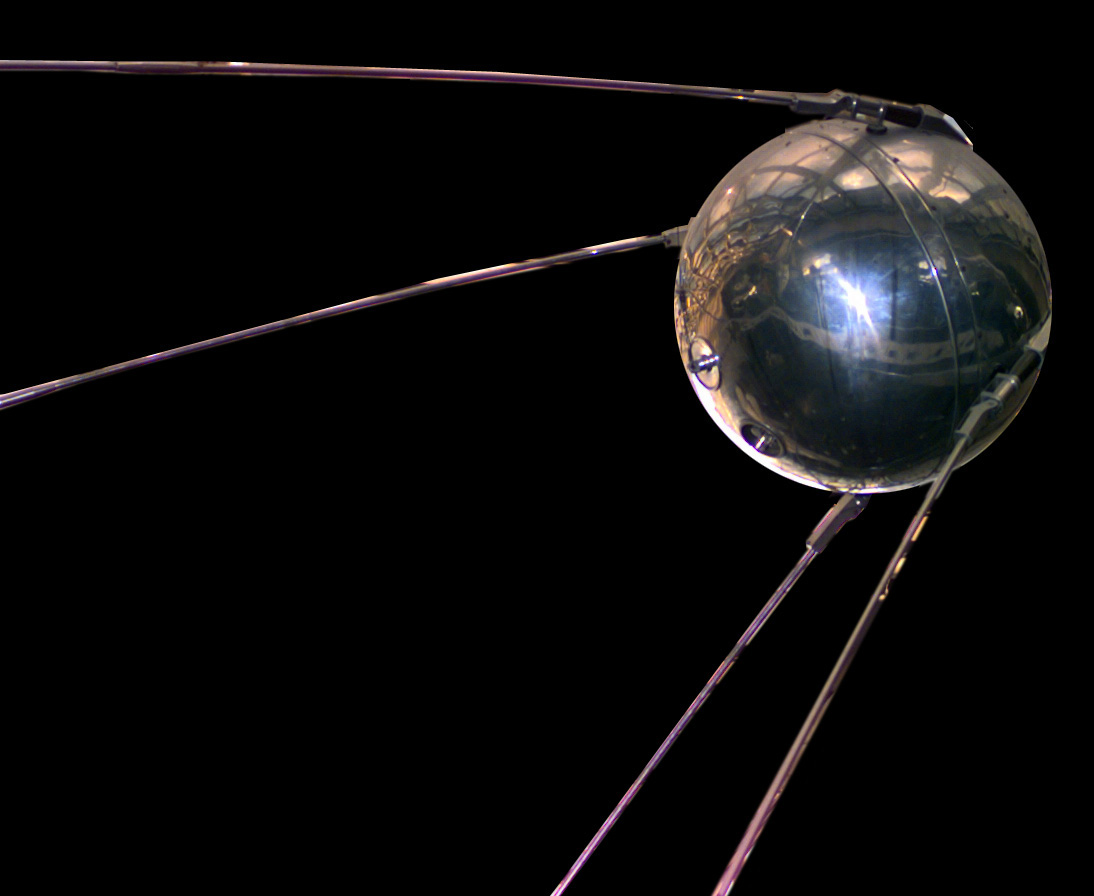Friday, October 26, 2007
2.1: IC 5067 in the Pelican Nebula
Wednesday, October 17, 2007
Observations the first week of school
Past Observation: 9/15/07
Friday, October 12, 2007
Johannes Kepler

Johannes Kepler was born on December 27, 1571 in Weil der Stadt in
1. The path of each planet about the sun is an ellipse with the Sun at one focus.
2. Each planet moves so that an imaginary line drawn from the Sun to the planet
sweeps out equal are in equal periods of time.
3. The ratio of the squares of the periods (the time needed for one revolution
about the Sun) of any two planets revolving about the Sun is equal to the ratio of the cubes of their mean distances from the Sun.
In 1610, Kepler read about Galileo findings with the telescope. He immediately wrote a letter of support entitled Dissertatio cum Nuncio Sidereo or Conversation with the Sidereal Messenger. He eventually found a telescope to use and published his observations of Jupiter’s satellites. Kepler’s support was very helpful since people were very skeptical of Galileo’s findings. The telescope Galileo designed had a convex lense with a concave lens for the eyepiece. In 1611, Kepler published a new design of telescope with two convex lenses. It is such a good design we refer to it just as the astronomical telescope instead of the Keplerian telescope. Kepler’s mother was accused of being a witch during the witch hunts from 1615-1616. In t1620 Kepler defended her at her trial and she was finally set free. In addition to his astronomy achievements, Kepler also had a family life; he married Barbara Müller on April 27, 1597 and they had three children together: Susanna, Friedrich, and Ludwig. Kepler was an incredible man who greatly contributed to our understanding of the universe
Works Cited
Our Understanding of the Heavens.
Johannes Kepler. 10 Oct. 2007 <http://library.thinkquest.org/J002741/johannes_
Field, J. V. Johannes Kepler. April 1999. School of Mathematics and Statistics
University of St Andrews, Scotland. 10 Oct. 2007 <http://www-groups.dcs.st-and.ac.uk/~history/Biographies/Kepler.html>.
Fowler, Michael. Johannes Kepler. 1996. 10 Oct. 2007
The Galileo Project: Johannes Kepler. 1995. 10 Oct. 2007
edu/sci/kepler.html>.
1.7: NASA Picture of the Day - Aurora, Stars, Meteor, Lake, Alaska

This is a picture of an aurora flap over one of the Chena Lakes in North Pole Alaska. A piture such as this is unusual for this time of year since the lakes usually freeze over that far north. The lake will not reflect the light if it is frozen. Auroras are caused by solar winds blowing past Earth. If you look closely you can also see a meteor straeaking by below the aurora and the Pleiades star cluster.
Friday, October 5, 2007
1.6 NASA Picture of the Day: 50th Anniversary of Sputnik: Traveling Companion
